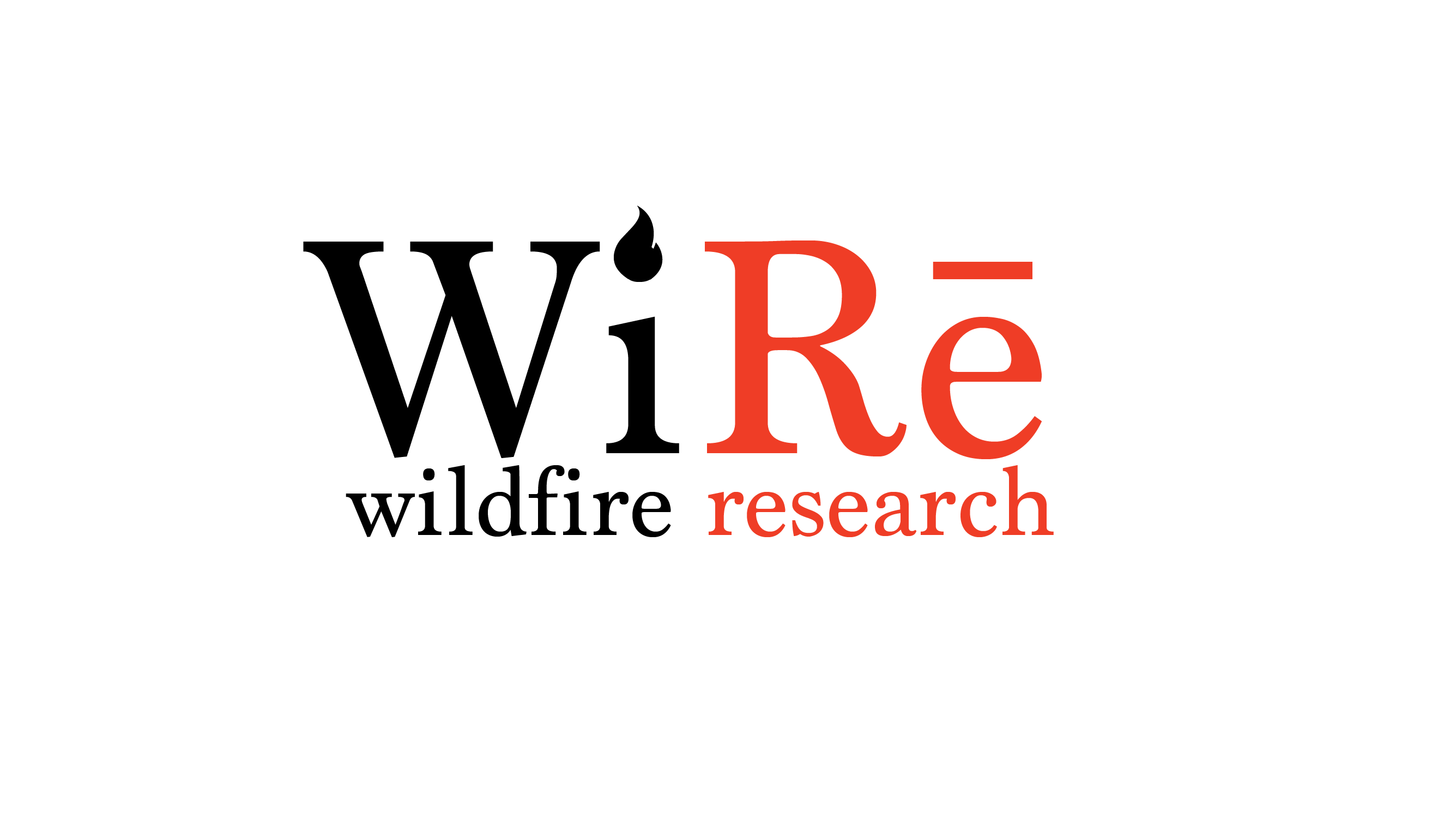If someone asks what your “wildfire risk” is, what do you think about? Do you think about the chance that a wildfire might occur in your county, or your neighborhood? Or maybe on your particular property? What about whether or not your house would burn down if there actually was a wildfire that reached your property boundary?
In our research, we sort through these different aspects of wildfire risk by talking about two parts to risk: the chance of a wildfire on one’s property (the probability), and the impact that that wildfire would have (the consequence). People’s decisions can affect both of these, but in different ways.
Fuel treatments on nearby public or private lands influence the growth and spread of wildfire, as do decisions about fire suppression – ranging from budgets to planning to on-the-ground firefighting. These in turn affect the probability of a wildfire reaching any individual property. Homeowners can influence these types of things by how they vote and interact with public agencies, whether they contribute to local efforts, and by talking about wildfire risk with their neighbors. The outcomes of such efforts are the combined results of multiple people’s decisions and behaviors, rather than being under the direct control of any individual homeowner.
In contrast, the consequences of a wildfire to any individual property can be directly influenced by the people who live there. For example, a homeowner can maintain a defensible space, which is an area around structures that is kept clear of unmanaged vegetation and other combustible materials. Clearing fuels reduces the ability of wildfire to move from the landscape to the buildings. It also makes protecting a home safer and easier for firefighters. That is, by maintaining defensible space, homeowners can influence wildfire consequences not only directly, through the links between the wildfire’s presence and structures igniting, but also indirectly, through its potential role in firefighters’ suppression decisions.
Accordingly, our research focuses on both individual decisions and social processes, and we find it very important to consider both aspects of wildfire risk and how they enter into decision-making. We’ve found that even if people might not put it into quite the same words as we do, they tend to think about wildfire probabilities and consequences as separate aspects of risk.
For example, many of our surveys include two questions. The first asks about probability: “What do you think is the chance that a wildfire will start on or spread to your property this year?” The next question asks about consequences: “If a wildfire starts on or spreads to your property this year, what do you think is the chance that your home will be destroyed or severely damaged?”
Not surprisingly, answers depend on the community and individual property. However, people typically rate the consequences higher than the probability: about 10 percentage points higher is pretty common. This suggests people understand that things at a very local level – on their individual properties – can play a large role in their wildfire risk. As we’ll write about in future posts, the similarities and differences between these two aspects of risk can tell us a lot more about what people think regarding wildfire risk.
